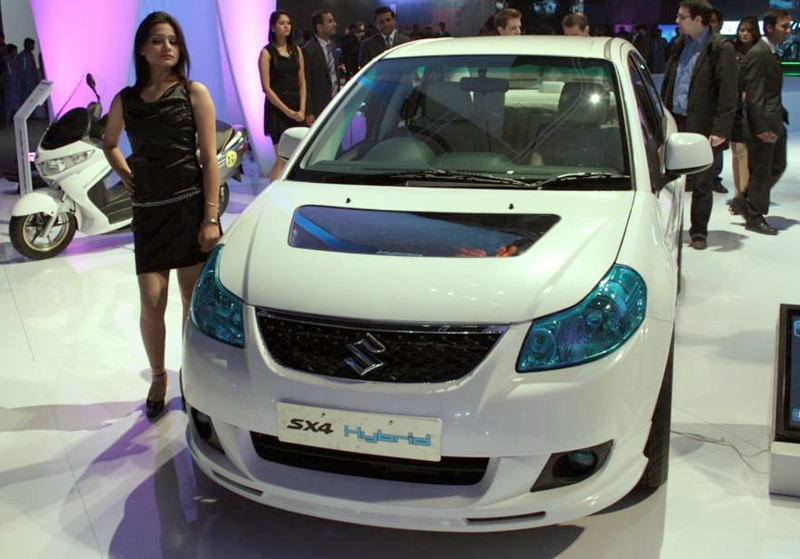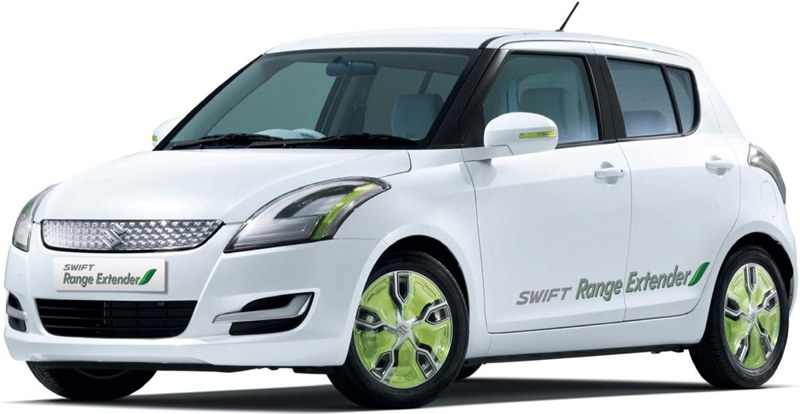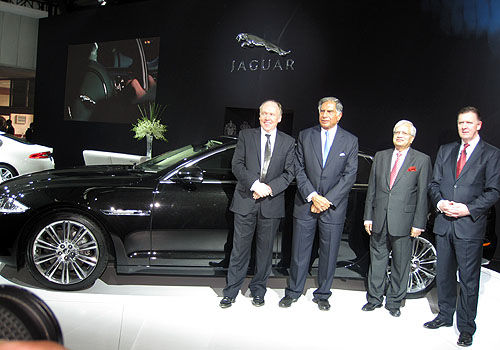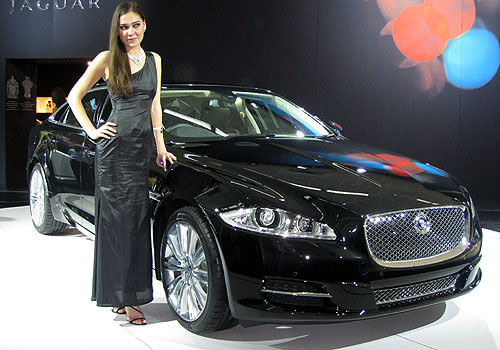Small cars are getting bigger with each new generation and the latest Volkswagen Jetta is exampleeins.
The Jetta is now in its sixth generation, but only the last four have come here – the third-gen badged Vento, fourth-gen re-named Bora, and the previous two which took up the Jetta badge.
All have been stretched, booted versions of the Golf small hatchback, and the latest car – despite being the first to not share body panels with its hatchback sibling – likewise enjoys a borrowed oily bit or ten.
Except today’s Jetta can carry five adults and their luggage, virtues befitting of a mid-sized sedan. Yet today’s Jetta range is priced at a very small-car-like $26,490 for the 118TSI with six-speed manual, while the $37,990 147TSI Highline with a six-speed DSG gets more equipment than most mid-sizers costing around the same price.
Our tested Jetta 118TSI Comfortline seven-speed DSG sits squarely in the middle of the range, priced from $32,490.
The Jetta’s looks might be considered plain and uninspiring, but its smooth, clean lines are unlikely to polarise anyone looking for a small family sedan with a quality pedigree.
The Jetta’s quality fit and finish is immediately evident from the tight panel gaps around the car, and from that unmistakable VW ‘clunk’ as the doors close.
Inside, there’s a sponge-soft material covering the entire dashboard and the hard plastics (there’s plenty of them) at least have a premium look and feel to them.
The design isn’t as flash as better-equipped rivals such as the Ford Focus Titanium ($32,990), Hyundai Elantra Premium ($28,990) or the Mazda3 SP20 Luxury ($30,990), but there are enough metal-look accents inside the Jetta to keep it at least interesting.
Standard kit on board the Volkswagen Jetta 118TSI Comfortline includes parking sensors (front and rear), automatic headlamps and rain-sensing wipers, auto-dimming rear vision mirror, low tyre pressure indicator, dual-zone climate control air-conditioning, Bluetooth phone and music streaming and 16-inch alloy wheels.
There’s also hill assist and daytime driving lights, but disappointingly, Jetta misses out on key features such as keyless entry and start, leather trim, a larger screen entertainment system and satellite navigation that might be expected at this price and trim level.
On the plus side, the Jetta’s cabin is particularly spacious. Rear seat legroom is also excellent, although the centre console and transmission tunnel precludes comfortable travel for more than two adults.
The rear seats do split/fold, but somewhat inconveniently they don’t fall completely flat. However, it’s worth noting that with a boot capacity of 510 litres, the Jetta does have one of the largest back-end storage areas in the segment.
There are also plenty of cubby nooks throughout the cabin, including large bins in each door and a chillable glovebox.
Despite the absence of leather upholstery, the cloth seats are comfortable and well bolstered. The driving position is also spot on, aided by full reach and rake adjustment of the steering wheel.
The Volkswagen Jetta’s 1.4-litre petrol engine is also smaller than almost all its main rivals, but surprisingly, power is also where it outshines the competition.
The trick(s) up its induction sleeve are the employment of both a supercharger and turbocharged. The 118TSI ‘twincharged’ four-cylinder a cracker of an engine that develops 118kW at 5800rpm, and a benchmark 240Nm lathered on like butter across Helga’s between 1500 and 4000 revs.
Mated to a quick-shifting seven-speed DSG transmission, the Jetta 118TSI sprints from 0-100km/h in a claimed 8.3 seconds.
Throttle response is pretty much instant and in-gear acceleration is forceful, at least through the first six forward gear ratios. Seventh is ideally relaxed for highway cruising.
In the standard Drive mode the DSG displays a dogged determination to shift into the tallest gear as early as possible in the interest of delivering a decidedly frugal fuel usage as low as 6.2L/100km on the combined cycle.
There’s a decent growl from the engine, too, especially in the mid-range. At the same time, noise insulation inside the cabin is excellent.
Engage Sport mode and shift points are held until well inside the red-zone for more potent thrust, but at the expense of fuel economy, which can quickly climb to an average trip computer reading of beyond 10L/100km.
There’s still hesitation from the DSG when engaging Drive in start/stop traffic, but it’s vastly improved over previous iterations of the transmission.
Jetta’s electro-mechanical power steering adjusts its weighting perfectly to match the speed of the car; it’s a light touch around the city, yet weights up nicely at freeway speeds. There’s also a decent level of feedback through the steering wheel.
The Volkswagen Jetta also nails it in the ride and handling department with soft, almost old-school-French ride quality over rutted and broken asphalt.
There’s some body roll on turn in, but overall the handling is confident and well composed with high levels of grip from the standard-fit Pirelli tyres.
Saftey is well catered for too, with Jetta earning a full five-star ANCAP safety rating with six airbags, electronic stability control with anti-slip regulation, ABS with electronic brakeforce distribution and brake assist.
While the Volkswagen Jetta 118TSI is priced higher than many small-sedan rivals, and starts to intrude on the mid-sizers, it offers more space than the former class and stronger performance than the latter class.
Yet the Jetta range found just 3000 homes in Australia last year, while the Golf managed to convince 17,000 buyers to go with a hatch over a boot. With the launch of the Mark VII Golf later this year, debuting a turbo-only 1.4-litre that matches the outputs of the Jetta’s twincharger yet uses less fuel, the sedan may be in for some troubled times.
But the Volkswagen Jetta remains a very good car, its Mark VI Golf platform certainly longer lasting and more capable than the ones borrowed for its long-forgotten, and properly small, Vento and Bora predecessors…



.jpg)
.jpg)
.jpg)










































.jpg)





